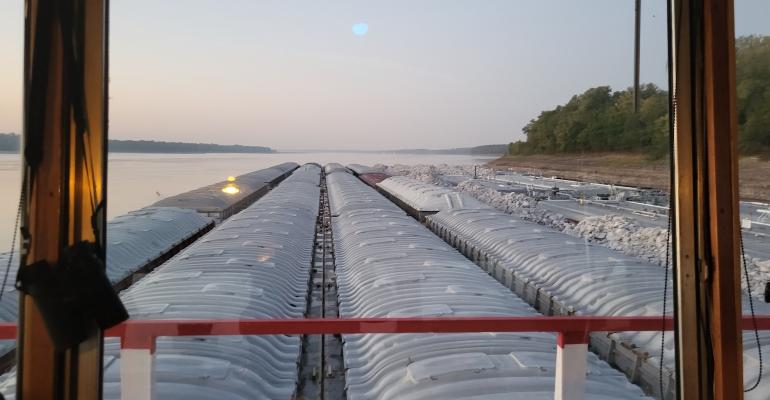MARAD Listening Sessions
What is the future of freight movements on the Great Lakes? What are some of the challenges facing Great Lakes carriers? These are just two of the questions that representatives of the Federal Maritime Administration (MARAD), including the administrator and deputy administrator, and the consultant working on a review of Great Lakes freight movements asked a full room of people in Cleveland on February 15, 2011. It was one of three such meetings held around the Lakes. Others were in Duluth (February 23) and Chicago (February 25).
Representatives of shipping companies, ports, labor unions, businesses that support the lake maritime industries, and several universities (including me and CFIRE Director Teresa Adams) tried to answer their questions. Some of the major challenges:
- Dredging to depths that allow boats to run fully laden;
- The lack of redundancy in the locks
- Invasive species
- The need to re-power boats to meet clean air standards;
- Skilled workers;
The state of the shipbuilding industry on the Lakes; and the relative length of the season on the Lakes and the Saint Lawrence Seaway.
Perhaps the most surprising of these challenges, from the perspective of one who is admittedly a bit of a neophyte in maritime transportation, was the discussion of the state of Great Lakes shipbuilders. Many participants expressed concerns that few shipbuilders had either the facilities or the skilled workers needed to build a large boat from the start. If this is correct, it could lead to problems in replacing the already aging fleet of lakers.
The future of shipping on the Lakes will probably look very much like the past. Most participants spoke of bulk commodities—iron ore, limestone, coal, and grain. Some raised the prospect of new ferry or roll-on-roll-off services, but most see significant obstacles to the success of such services. None saw a serious prospect for the emergence of containerized traffic on the Great Lakes.
Overall, the listening session provided good input for MARAD leadership and those who are studying the future of shipping on the Lakes. The work will ultimately be a part of report for NCFRP 35 – Multimodal Freight Transportation Within the Great Lakes—Saint Lawrence Basin.
